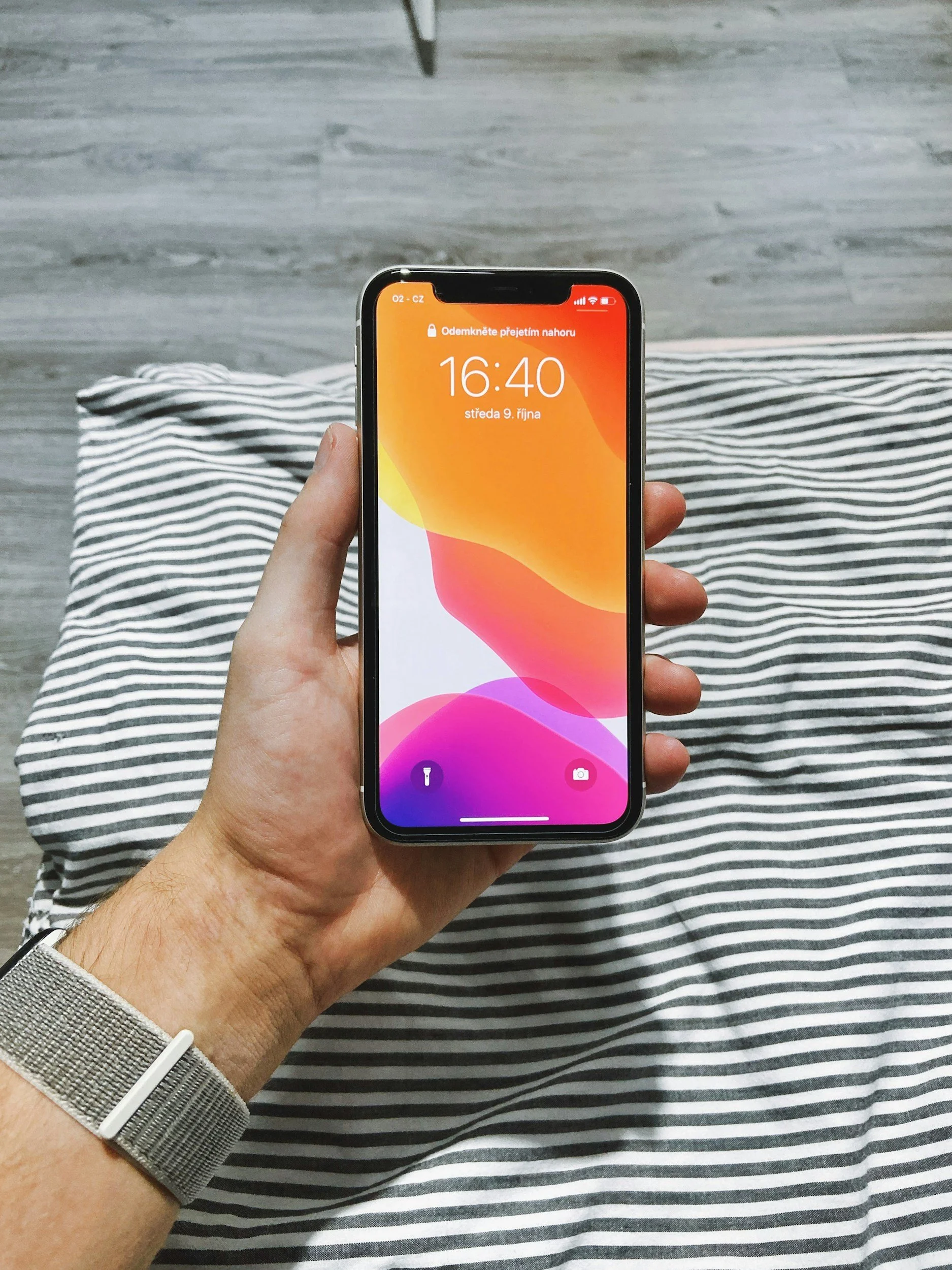From Compliance to Clarity: Why Regulated Industries Need Professional Voice Messaging
Professional voice messaging helps regulated industries in the UK: from finance to healthcare and utilities, stay compliant, build trust, and deliver clear customer communication.
The Hidden Costs of Poorly Recorded IVR Messages
Discover how poorly recorded IVR messages harm customer experience, brand perception, and profitability. Learn why professional voice services are worth the investment.
How to Choose the Right Voice Talent for Your Brand
Learn how to choose the right professional voice talent for your brand. Discover practical tips on matching tone, style, and authenticity to engage your audience and strengthen brand identity.
5 Common Mistakes Contact Centres Make With IVR Messages (and How to Avoid Them)
Interactive Voice Response (IVR) systems are meant to streamline customer journeys, reduce waiting times, and improve efficiency. But when designed poorly, they frustrate callers, increase abandonment rates, and waste valuable agent time.
If your contact centre is struggling with dropped calls, negative feedback, or misrouted enquiries, your IVR messages may be the problem.
Here are five common mistakes contact centres make with IVR messages and practical tips to fix them.






